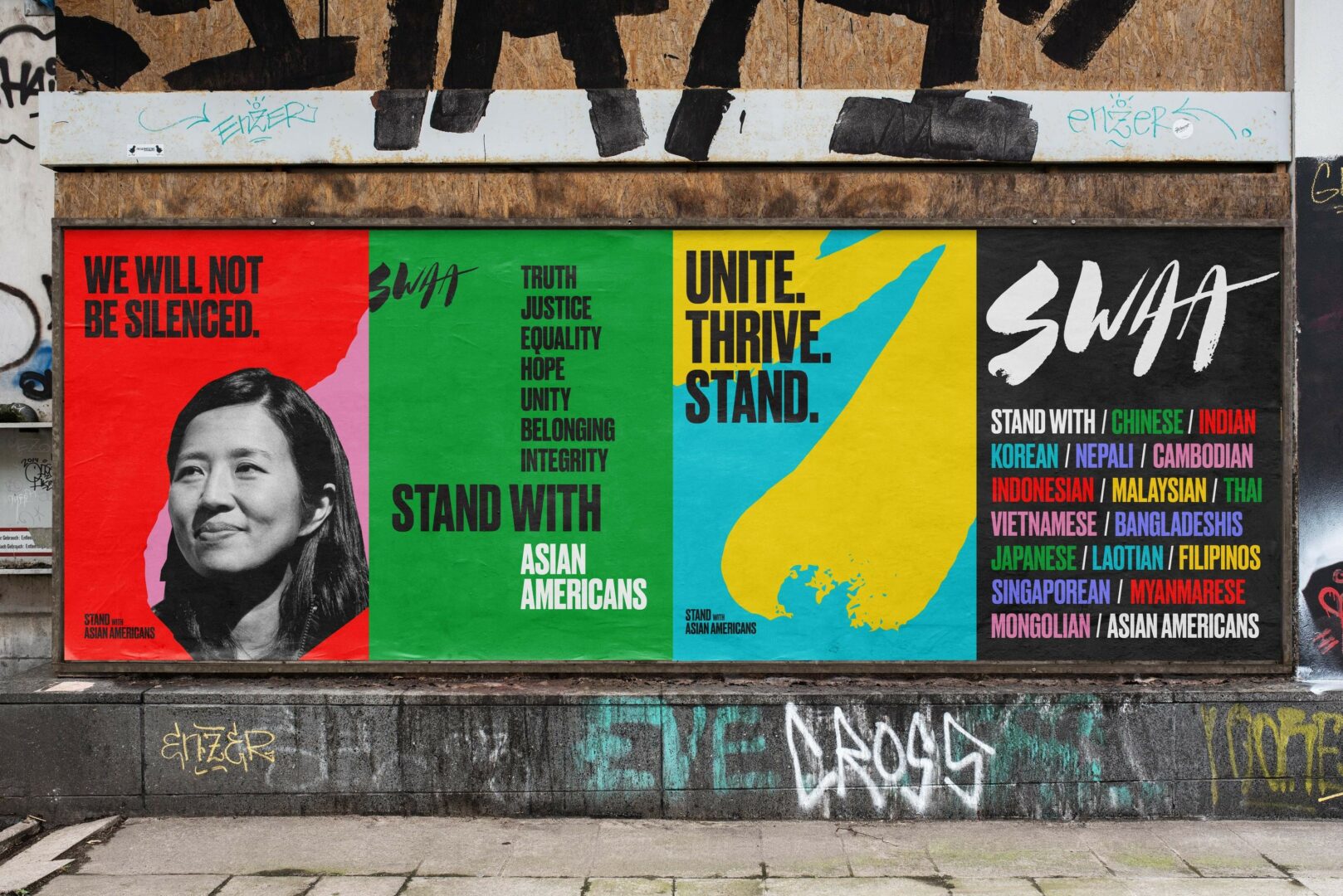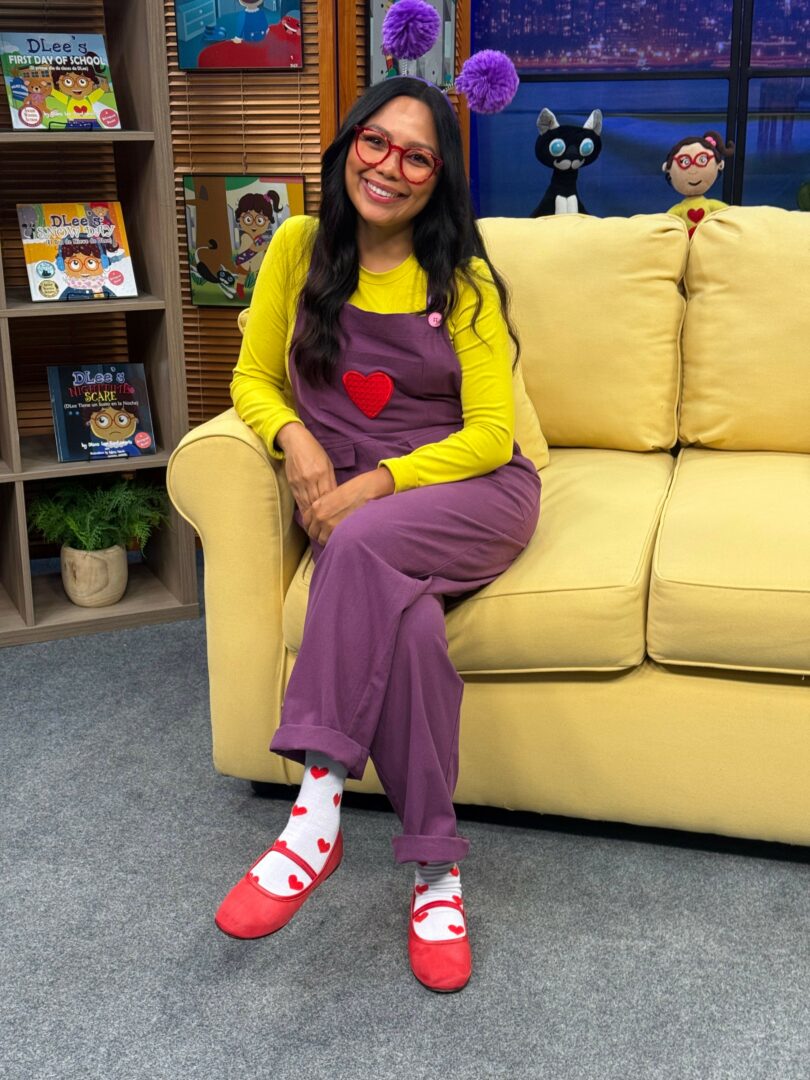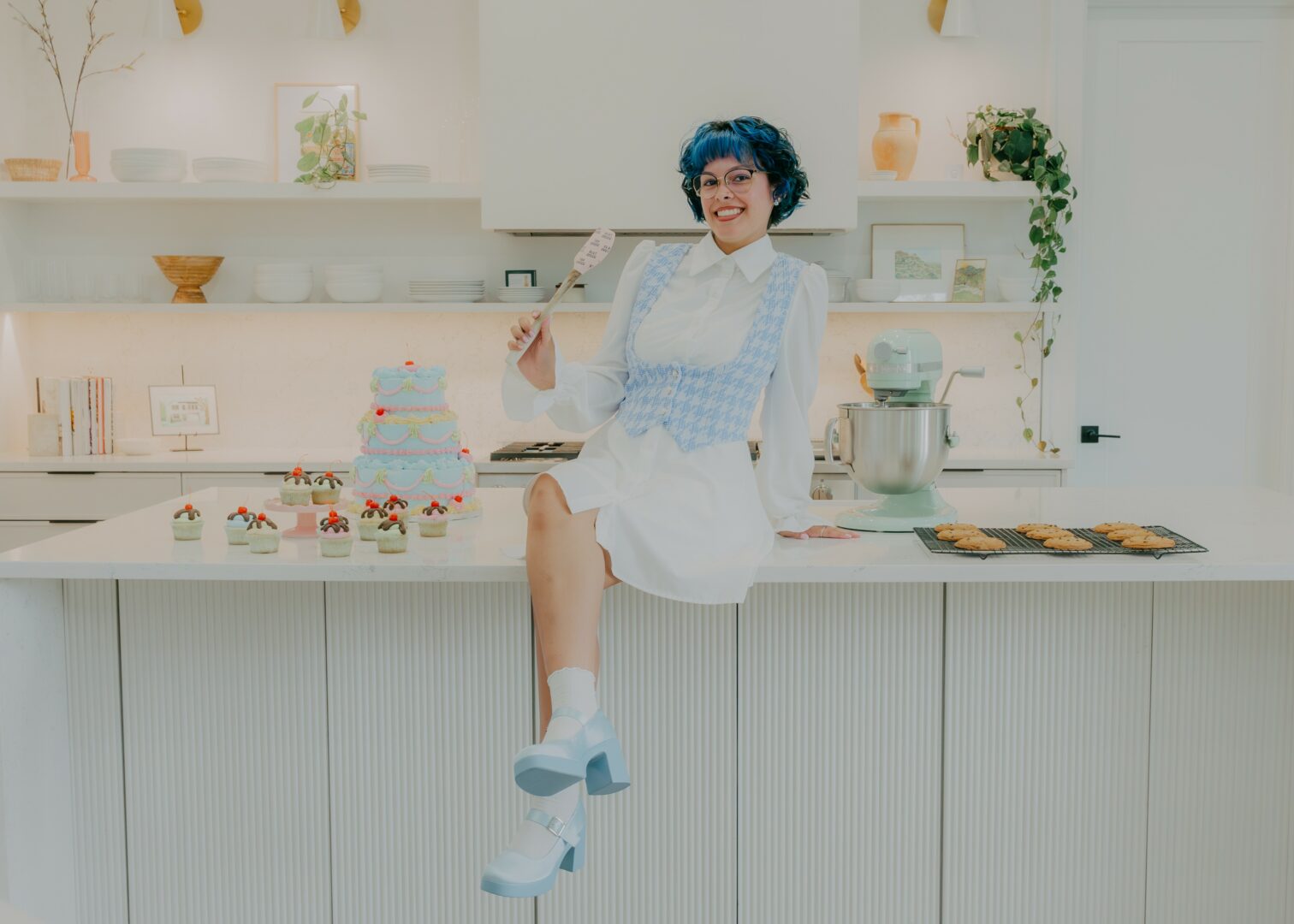Alright – so today we’ve got the honor of introducing you to Huiqi Fay Qiu. We think you’ll enjoy our conversation, we’ve shared it below.
Huiqi Fay, thank you so much for joining us today. Let’s jump right into something we’re really interested in hearing about from you – being the only one in the room. So many of us find ourselves as the only woman in the room, the only immigrant or the only artist in the room, etc. Can you talk to us about how you have learned to be effective and successful in situations where you are the only one in the room like you?
Throughout my career, I’ve encountered microaggressions due to my appearance and cultural background. Initially, I found these moments frustrating and unfair, but over time, I’ve learned to approach them as opportunities for education. Rather than letting ignorance go unchallenged, I address it directly yet respectfully—pointing out why certain comments or assumptions are problematic and how we can work together to break stereotypes rather than reinforce them.
I’ve also come to embrace the value of being different. My background allows me to bring unique perspectives shaped by diverse cultural contexts, which ultimately enrich the work I do. In moments where I’ve felt like I didn’t belong, I remind myself that my skills, experience, and contributions are just as valid as anyone else’s. I deserve to be here.
Beyond advocating for myself, I hope to empower others who may feel the same way. Being a designer is a choice I made because I believe design is a powerful medium for connection, impact, and change. I want my work to inspire, educate, and create spaces where people—especially those from underrepresented backgrounds—feel seen and included.


Great, so let’s take a few minutes and cover your story. What should folks know about you and what you do?
Hi, I’m Fay, a Senior Designer and Creative Director based in New York. I specialize in brand systems, exhibition and environmental design, editorial design, web design, and interactive design—primarily within the art and culture, education, fashion, health & wellness, nonprofit, and publishing sectors.
Throughout my career, I’ve led numerous award-winning projects, including exhibition designs for Poster House Museum while working at Kudos Design, such as Made in Japan and Black Power to Black People. I love creating meaningful, immersive experiences that not only tell compelling stories but also connect with audiences on a deeper level.
Beyond my client work, I’ve also launched my own creative projects, including Tang Ren, a brand dedicated to supporting Chinatown’s small businesses and bringing the most authentic Chinatown experience to people’s doorsteps. Through this initiative, I aim to celebrate and preserve the vibrant culture, flavors, and craftsmanship of these communities while making them more accessible to a wider audience.
I’m always excited to push boundaries and find new ways to use design to inspire, educate, and engage.
Here are some more references about my projects:
https://www.techtimes.com/articles/306665/20240715/meet-tang-ren-lead-graphic-designers-showcase-of-art-to-draw-young-new-yorkers-to-the-heart-of-chinatown.html
https://www.ibtimes.sg/new-york-based-graphic-designer-intersects-art-technology-human-experience-her-exhibitions-72337
https://www.digitaljournal.com/life/the-power-of-visual-communication-a-graphic-designers-take-on-advancing-social-causes-through-design/article


If you had to pick three qualities that are most important to develop, which three would you say matter most?
Problem-Solving
I believe in taking initiative and actively solving problems rather than waiting for direction. Whether it’s identifying gaps in a project, streamlining a process, or finding creative ways to overcome constraints, I always look for opportunities to improve and push things forward. Instead of seeing challenges as roadblocks, I treat them as puzzles to solve—breaking them down, exploring different angles, and acting quickly to find the best solution. Being proactive not only makes projects more efficient but also leads to stronger, more thoughtful design outcomes.
Collaboration
Great design doesn’t happen in isolation—it thrives on collaboration. Whether working with clients, developers, or other designers, I’ve seen how strong communication and an open mindset can elevate a project. Being able to share ideas clearly, give and receive feedback, and learn from different perspectives is essential. The best work happens when collaboration feels like a true partnership, where everyone brings something unique to the table.
Empathy
Empathy is what makes design truly meaningful. It allows me to understand different perspectives—whether from clients, users, or communities—and create work that resonates on a deeper level. I’ve learned that the best way to build empathy is through active listening, asking thoughtful questions, and immersing myself in different cultures and experiences. The more I engage with diverse viewpoints, the more intentional and impactful my designs become.
Improving these skills comes down to practice, mindset, and continuous learning. For empathy, actively listen to others, ask thoughtful questions, and expose yourself to diverse perspectives through conversations, books, and cultural experiences. For problem-solving, train yourself to anticipate issues before they arise—analyze challenges critically, break them down into smaller parts, and experiment with different solutions instead of waiting for instructions. Finally, for collaboration, focus on clear communication, be open to feedback, and seek out opportunities to work with people from different disciplines. The more you engage with these skills intentionally, the stronger they become.


As we end our chat, is there a book you can leave people with that’s been meaningful to you and your development?
One of the most thought-provoking books I’ve read last year is (The Courage to Be Disliked). A passage that particularly resonated with me discusses the nature of life as a series of moments, instead of linear line: (“Life is like dancing in circles, with each step becoming a series of fleeting moments. As long as the act of dancing feels fulfilling in the present, that’s all that matters. The process itself can be seen as the result. Instead of measuring your progress along a straight line, focus on how you’re living each and every moment.”) This perspective reminds me to stay present and embrace the journey rather than solely fixating on outcomes. It’s a beautiful reminder that the value of life lies not in achieving a final destination but in how we live each moment meaningfully.
Contact Info:
- Website: https://fayqiu.info/
- Instagram: https://www.instagram.com/fayqiu/
- Linkedin: https://www.linkedin.com/in/huiqifayqiu/






Image Credits
Poster House Museum “Made in Japan”
John Kudos
Creative Director
Robert de Saint Phalle
3D Creative Director
Ashley Wu
Art Director
Fay Qiu
Lead Designer
Imam Fadillah
3D Renderer
Amanda Knott
Project Manager
Samuel Sachs Morgan
Photographer
so if you or someone you know deserves recognition please let us know here.




